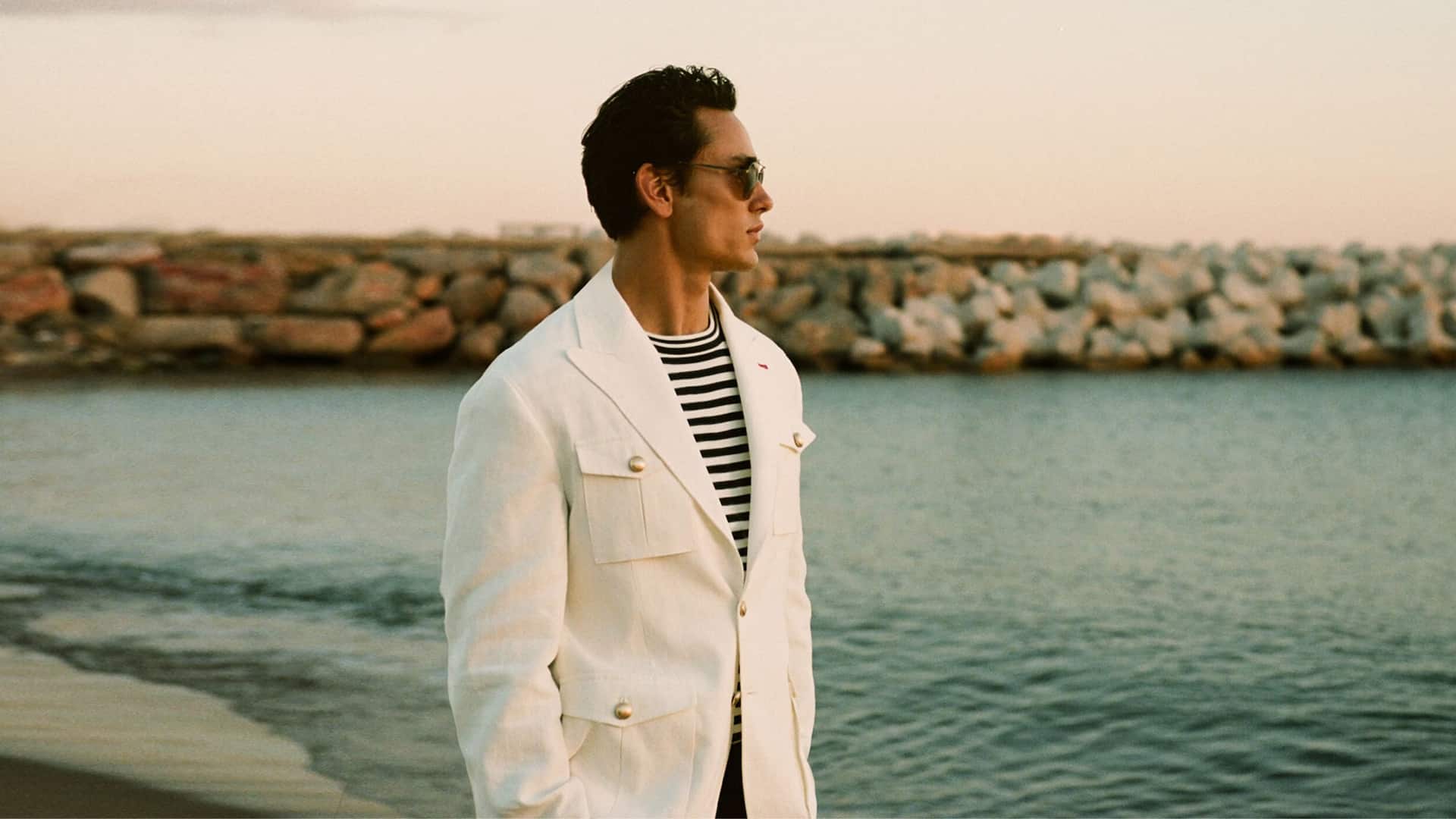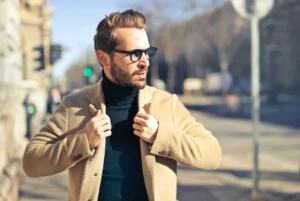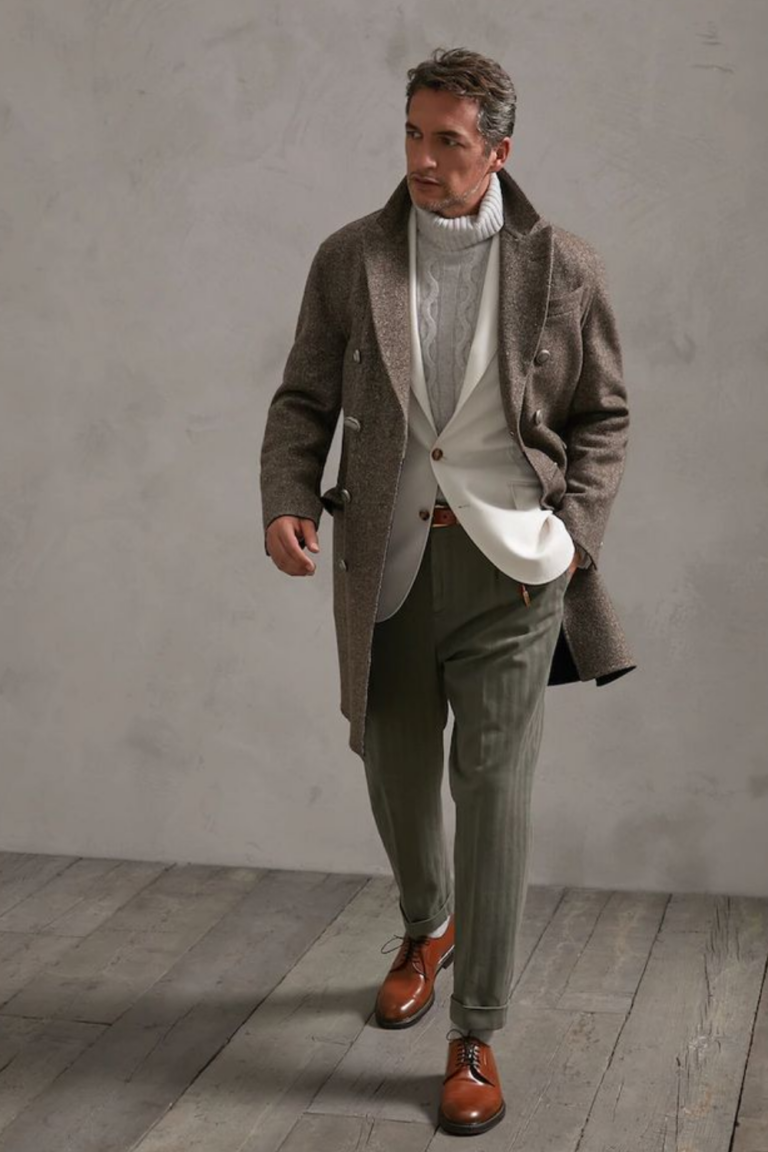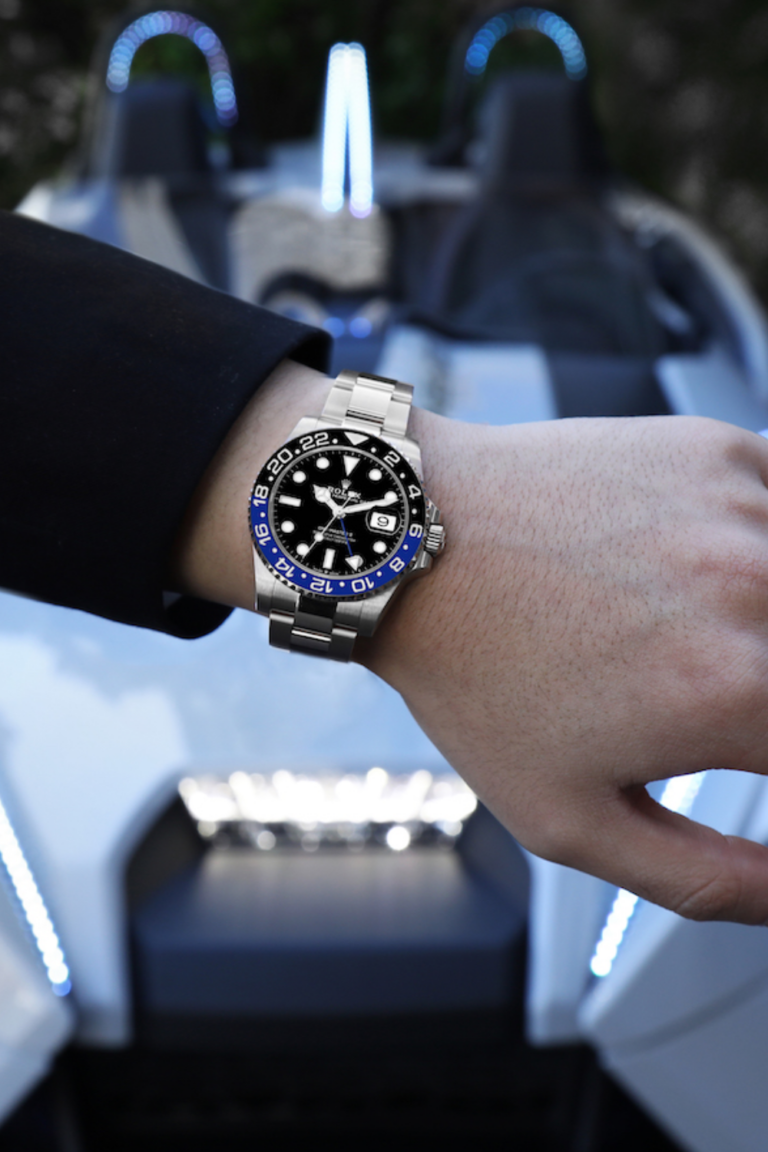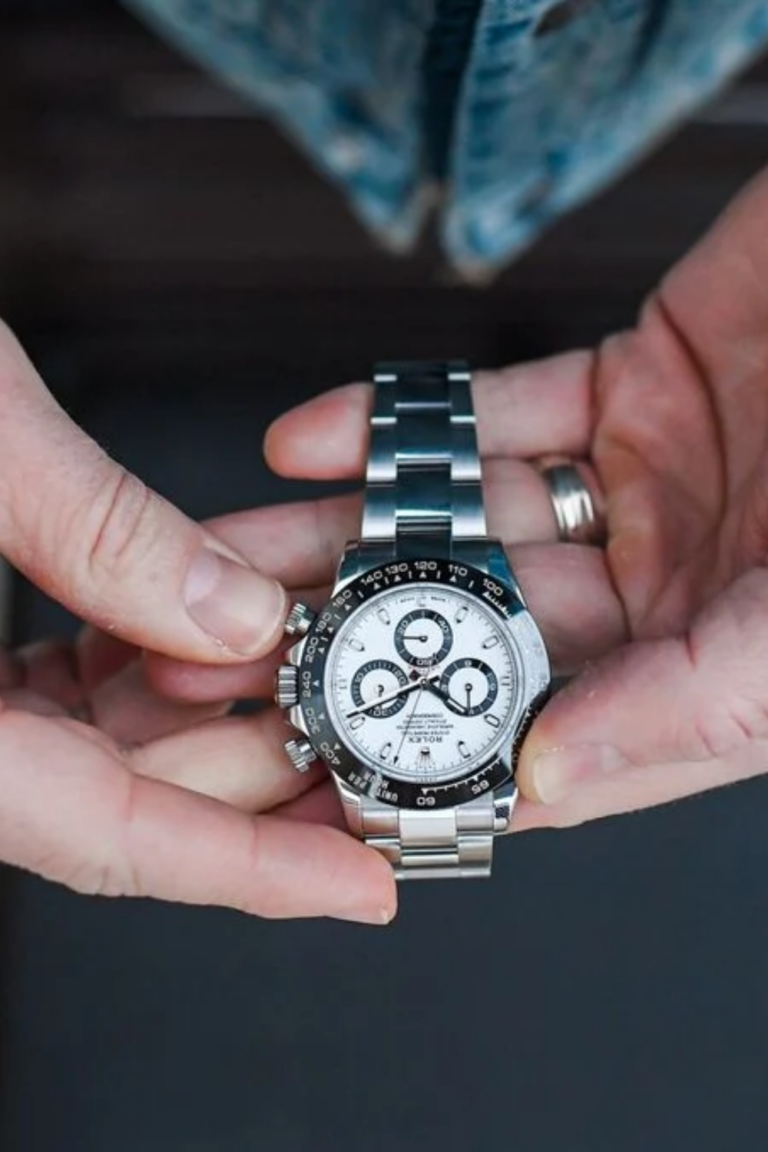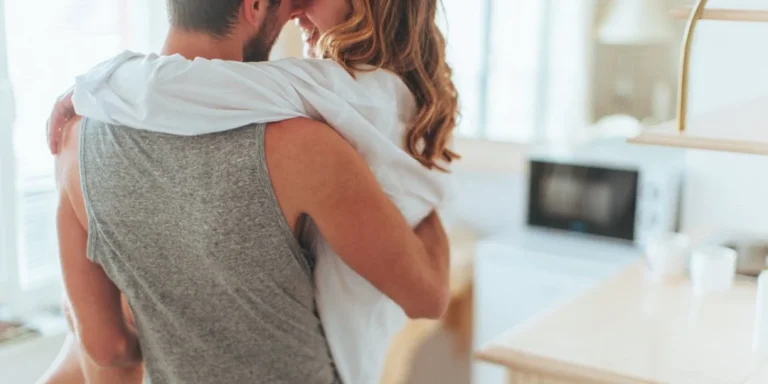The “Old Money” aesthetic has been making a quiet comeback, not just as a fashion trend but as a lifestyle choice. Unlike flashy logos and designer statements, old money style embodies understated elegance and timeless quality. Think classic blazers, high-quality fabrics, and muted color schemes that speak to sophistication without saying a word. This guide is all about helping you embrace that old-world charm, creating a wardrobe that’s versatile, classic, and designed to stand the test of time. So, let’s dive into what it means to look and feel like “old money.”
Understanding Old Money Style: What It Really Means
Old money style is about dressing in a way that’s both practical and polished. This look doesn’t try to impress with the latest trends or loud brands. Instead, it focuses on timeless, well-made pieces that subtly convey elegance. People who embrace this style often gravitate toward quality fabrics, tailored fits, and neutral tones.
Key Traits of Old Money Style:
- Quality Fabrics: Think cashmere sweaters, wool blazers, and sturdy cotton shirts.
- Tailored Fits: Proper tailoring is non-negotiable. The look should be structured yet comfortable.
- Muted Colors: Stick to a palette of neutrals like navy, white, beige, and gray, with minimal patterns.
This style is about presenting yourself well without trying too hard. Imagine walking into a room and exuding confidence simply because you know your outfit is well put together—no logos or flashy embellishments needed.
Building Your Wardrobe: Old Money Essentials
The foundation of old money style lies in timeless wardrobe staples. Think versatile pieces that work across seasons and can be mixed and matched effortlessly.
Wardrobe Staples:
- Blazers and Sport Coats: A well-tailored blazer instantly adds sophistication. Navy, black, or beige are excellent choices for a classic look.
- White Button-Downs and Dress Shirts: A crisp white shirt is an absolute must. It’s versatile enough to go from casual to formal without missing a beat.
- Knit Sweaters: Opt for cashmere or wool in neutral colors. A high-quality knit sweater can be layered under a blazer or worn on its own.
Building Tip: Start with a few key pieces in high-quality fabrics. These items will form the base of your wardrobe, allowing you to create endless combinations that look polished and timeless.
The Importance of Fabric and Fit
One thing that sets old money style apart is the attention to fabric and fit. Cheap materials or poorly fitting clothes are a no-go in this aesthetic. Instead, prioritize natural fabrics that feel good on the skin and age beautifully.
Why Fabric Matters:
- Cashmere: Soft, warm, and luxurious, cashmere sweaters and scarves are essential.
- Wool: For blazers and trousers, wool offers both durability and elegance.
- Cotton and Linen: These natural fibers are breathable and versatile, perfect for shirts and summer wear.
Mastering Fit:
Tailoring is everything when it comes to old money style. Even the most luxurious fabric won’t look right if it’s not tailored to fit. For the perfect old-money look, your clothes should fit close to the body but not feel restrictive.
Pro Tip: Don’t be afraid to take clothes to a tailor. A small adjustment in fit can make a massive difference in how a piece looks and feels.
The Old Money Color Palette: Understated and Elegant
Old money style leans heavily on neutral colors. These hues are timeless, versatile, and easy to coordinate, creating a cohesive look without much effort. Navy, beige, black, white, and shades of grey form the core of this aesthetic.
Creating Depth with Neutrals:
The magic of a neutral palette is that you can mix textures and layers without looking overdone. A navy blazer over a white shirt with beige trousers, for instance, is effortlessly chic.
Experimenting with Subtle Colors: If you want to add a hint of color, try subdued shades like olive green or burgundy. These tones add interest without overpowering the outfit.
Color Coordination Tip: Stick to two or three colors at most in an outfit. This keeps the look cohesive and allows each piece to shine.
Accessories: Less Is More
In old money style, accessories play a supporting role rather than stealing the spotlight. Choose classic, well-made pieces that add a touch of sophistication.
Key Accessories:
- Leather Watch: A simple leather watch is both elegant and functional. Avoid anything too large or flashy.
- Minimalist Jewelry: For those who wear jewelry, keep it subtle. A signet ring or a delicate bracelet can add just the right amount of detail.
- Scarves and Gloves: In cooler weather, cashmere scarves and leather gloves add a layer of refinement.
Accessories Tip: Think quality over quantity. A few good pieces that you love will elevate your look much more than a bunch of trendy items.
Footwear: The Foundation of a Timeless Look
Shoes can make or break any outfit, especially when it comes to old money style. Opt for classic, high-quality footwear that complements your wardrobe and provides lasting comfort.
Shoe Staples:
- Loafers: A classic leather loafer is versatile enough to wear with jeans, chinos, or trousers.
- Oxford and Brogue Shoes: Perfect for more formal occasions, these styles add a refined touch.
- White Sneakers: For a casual twist, white leather sneakers are a great choice, but keep them clean and polished.
Footwear Care Tip: Invest in a shoe care kit. Taking the time to polish and protect your shoes will ensure they last longer and look pristine.
Old Money Style Icons: Timeless Inspiration
Looking to the style icons who embody this look can be incredibly helpful. Icons like Cary Grant, Audrey Hepburn, and modern figures like the British Royal Family offer a masterclass in old money style. Observe how they dress with an emphasis on quality, fit, and understated elegance.
Iconic Traits:
- Cary Grant: Known for his impeccable tailoring and classic suits.
- Audrey Hepburn: Famous for her chic, minimalist style.
- Prince William and Kate Middleton: Their style showcases a balance of formality and approachability.
Style Inspiration Tip: Look to these icons for ideas on how to incorporate old money style into your wardrobe. Notice the simplicity and restraint in their clothing choices.
Why Old Money Style Resonates
Part of the appeal of old money style is its timelessness. In a world of fast fashion and rapidly changing trends, this aesthetic stands as a reminder of the power of quality and simplicity. It’s about choosing pieces that last, investing in items that feel good to wear, and creating a wardrobe that truly reflects your personality.
Old Money Style as a Lifestyle
Beyond clothing, old money style represents a lifestyle of intentional choices. It’s about embracing the idea of “buy less, buy better” and valuing experiences over things.
Crafting Your Own Old Money Look
Embracing old money style doesn’t mean you need a trust fund or designer labels. It’s about finding pieces that make you feel confident and comfortable while focusing on timeless style. By building a wardrobe centered on quality and fit, you can create a look that’s both classic and effortlessly cool.
Quick Recap:
- Invest in quality fabrics like cashmere and wool.
- Prioritize tailored fits over baggy or trendy cuts.
- Stick to a neutral color palette for maximum versatility.
- Accessorize with restraint.
- Choose footwear that complements your refined wardrobe.


